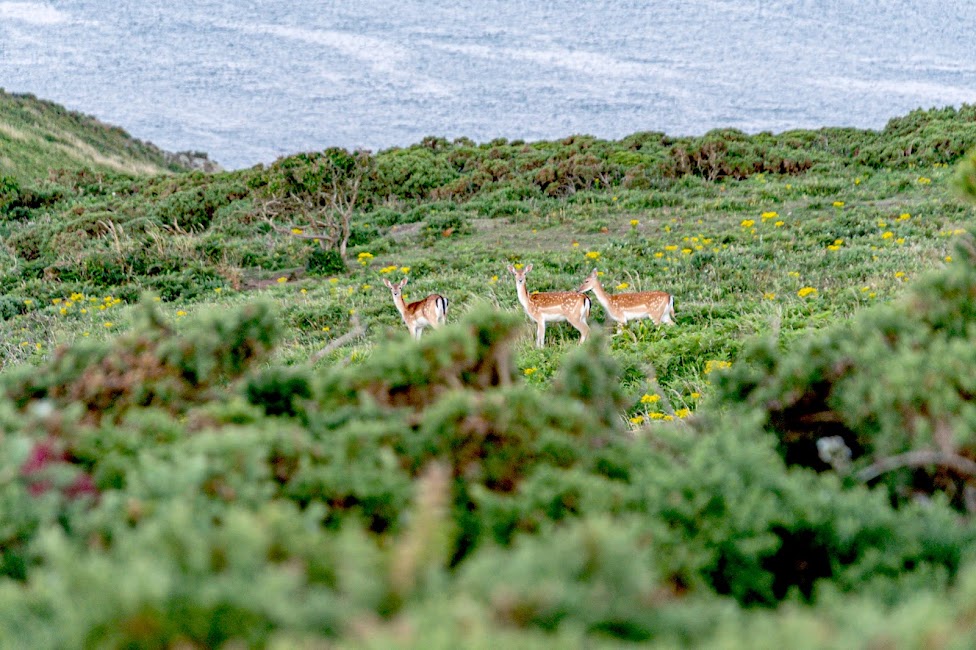The beautiful Rame Peninsulais
The Rame Peninsula or "The Forgotten Corner" as it is known locally, is just across the border with Devon, in South East Cornwall. The Rame Peninsulais bordered on three sides by water, the Rivers Lynher, Tamar and Plymouth Sound.
Walking around Peninsulais
In the Iron Age, there was a stronghold atop Rame Head, and the site was awarded to Tavistock Abbey in the 10th century (meaning that for centuries Rame Head was technically part of Devon, even though it was well on the Cornwall side of the Tamar River!).
Clues suggest that there was a Late Celtic hermitage here, but nothing is known for certain about the chapel's origins until 1397, when the chapel received permission to hold a mass in 1397. Presumably it was built shortly before that time.
Like many churches in the hills, the Rame Head Chapel was dedicated to St. Michael the Archangel. In 1427, permission was given to celebrate Holy Mass.
Our accommodation
Queen Adelaide's Grotto
Penlee Grotto is tucked away on the South West Coastal Path, below Penlee Point.
In the 18th century, the cave that now houses Queen Adelaide's Grotto, high above sea level at Penlee Point, was used as a watchtower.
Stone arches were built within its walls and dedicated to Princess Adelaide after her visit in 1827, four years before the coronation of the Queen Consort.
Plymouth Waterfront
Plymouth Sound and the Tamar River
The Folly atop Mount Edgcumbe Country Park
1747 - an artificial ruin that replaced the navigational obelisk. It was built of stone from the churches of St. George and St. Lawrence, Stonehouse
MOUNT EDGCUMBE HOUSE & COUNTRY PARKMount Edgcumbe House is the former home of the Counts of Mount Edgcumbe. Surrounded by formal gardens and set in a Grade I Listed landscape, this country park covers 865 acres of the Rame Peninsula in Southeast Cornwall.
Built nearly 100 years before the Mayflower set out in 1620, the Tudor-style mansion stands atop an equally old double avenue of trees.
The Edgcumbe family can trace their origins for over 600 years. It was a fitting match when Piers Edgcumbe married Joan Durnford in the 15th century and thus acquired the land on which Mount Edgcumbe now stands.













































No comments:
Post a Comment